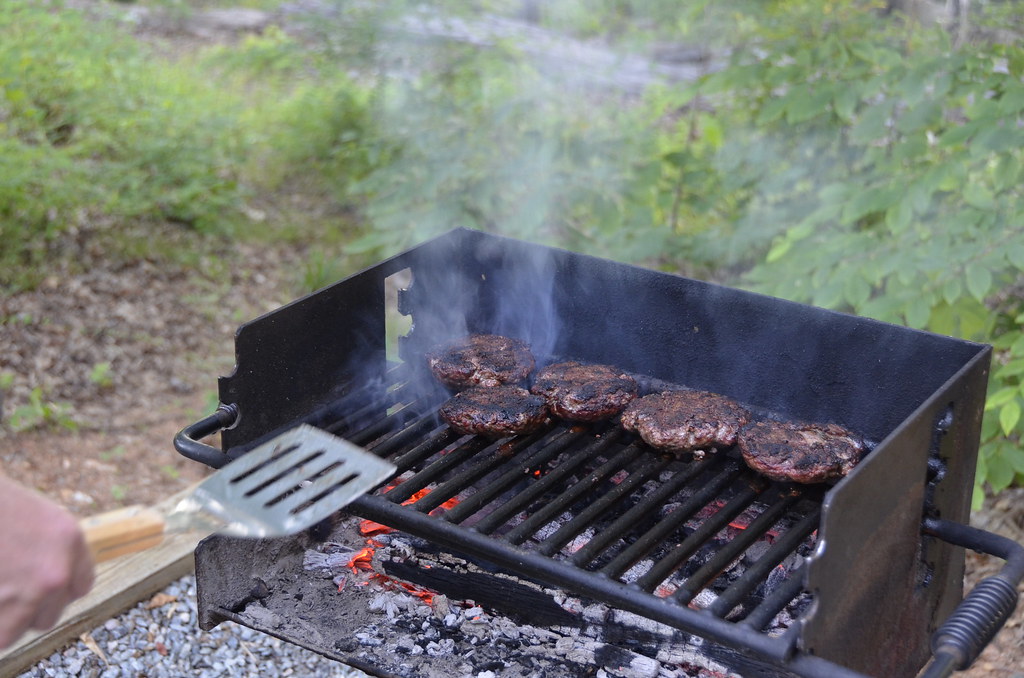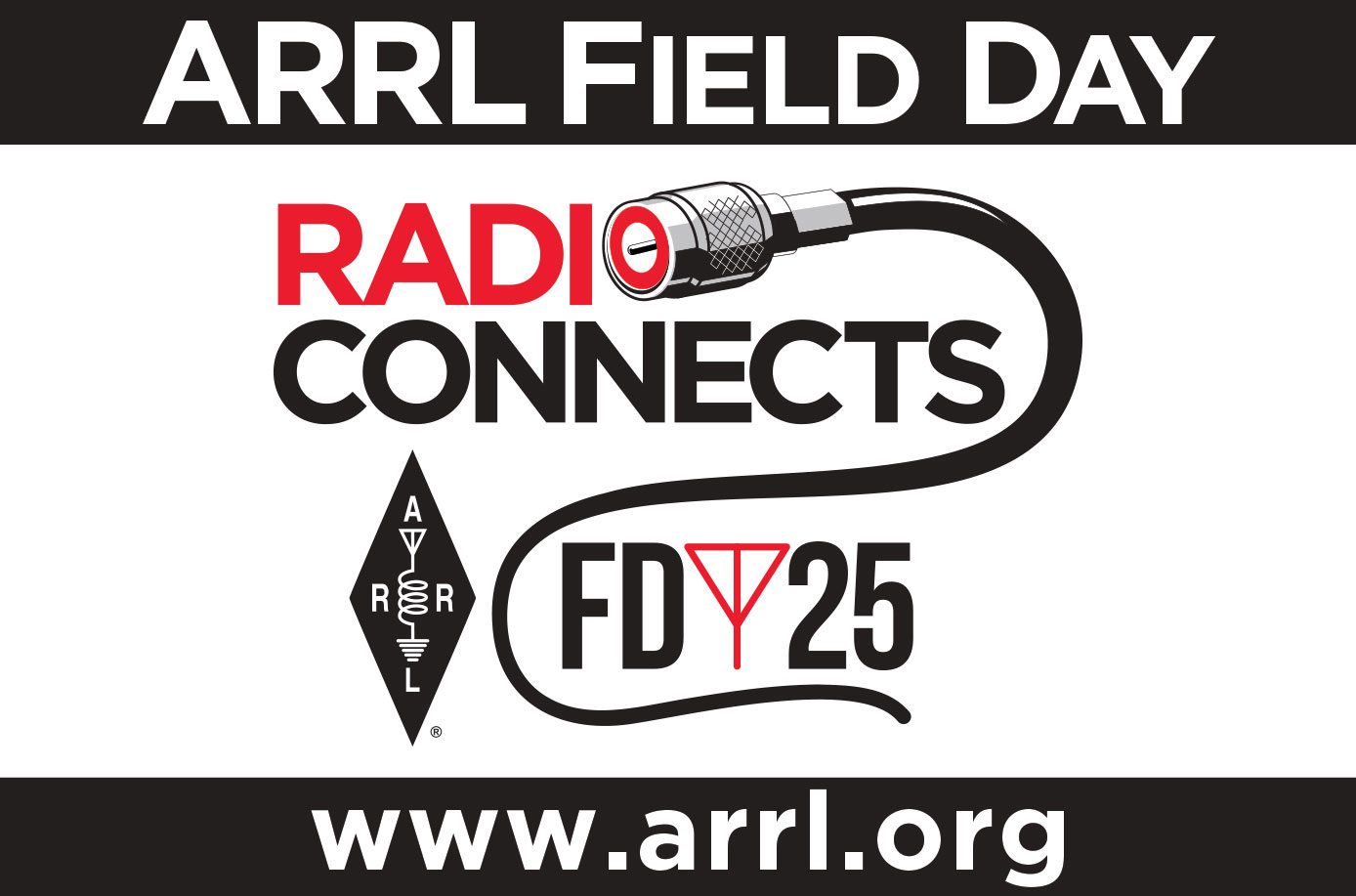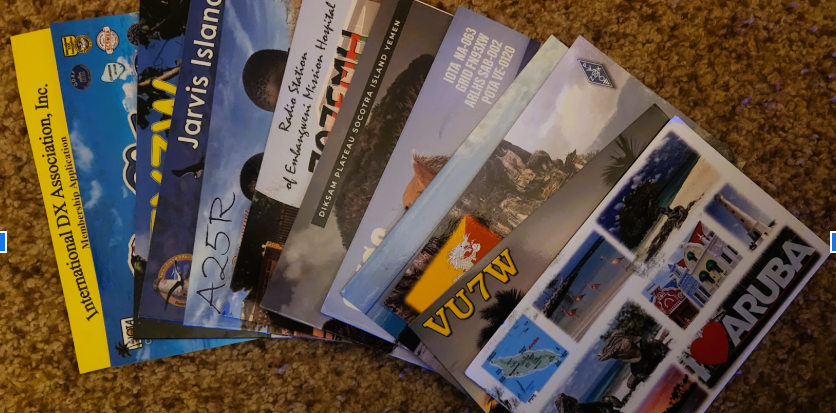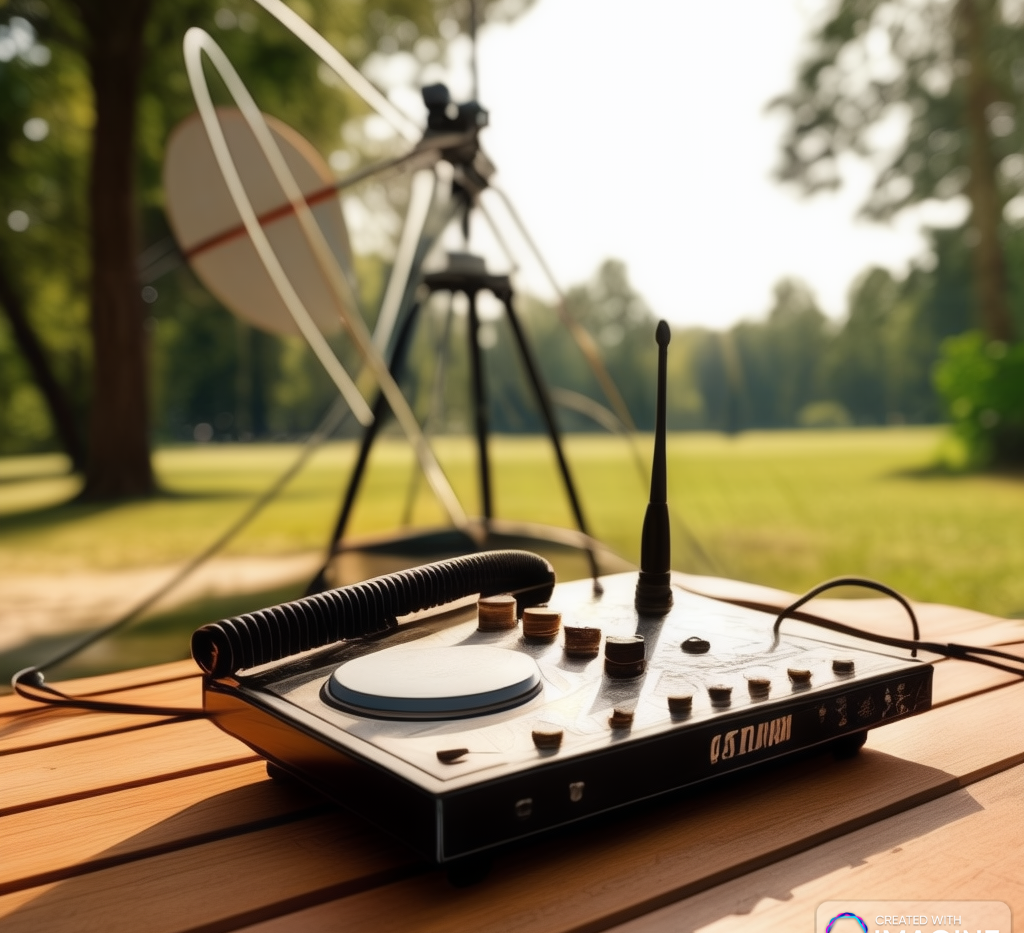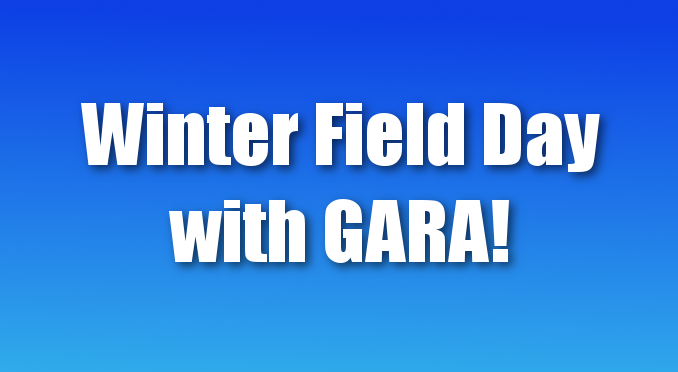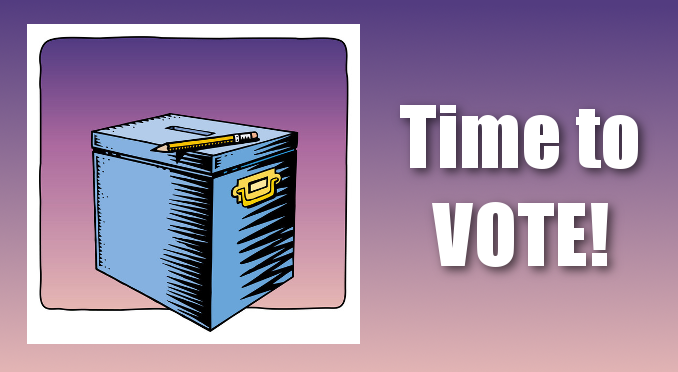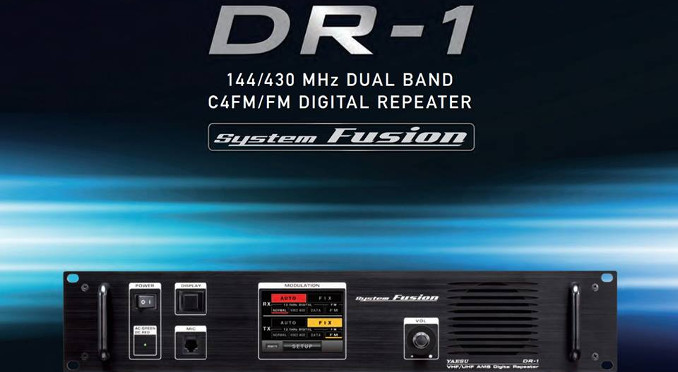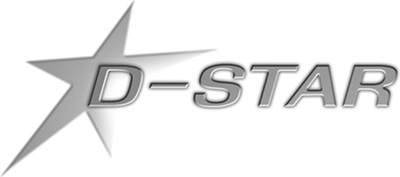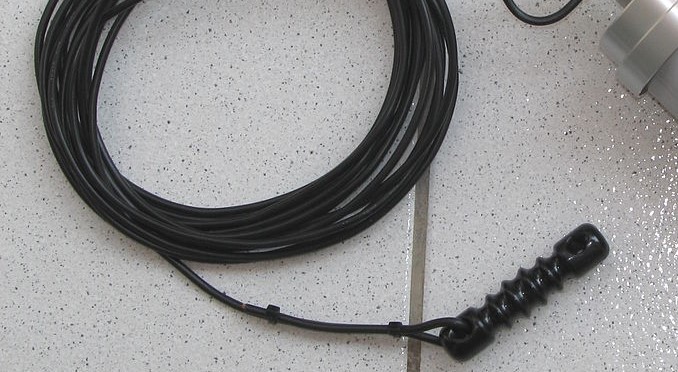Ruminations of a New DStar User Pt2
- This topic has 0 replies, 1 voice, and was last updated 9 years, 4 months ago by
Chris.
-
AuthorPosts
-
-
February 27, 2016 at 10:18 pm #1211
Chris
ParticipantI’ll pause in the progression story to offer some highly opinionated thoughts. Grouse Alert.
The entirety of the MYCALL, URCALL, TO: and FROM: nomenclature seems to come off like a bit of a cluster hump. I’ve had an opportunity to discuss this with a few G/Ms, VEs, DLs and a couple of VKs. Apparently, I’m not alone in this opinion. I realize that the JARL rode herd over DStar and got it off the ground. It’s theirs and they can name stuff whatever they want to and create a UI that suits their disposition. While this UI may soothe the Asian sensibilities, it leaves much to be desired in the mind of this western crusty curmudgeon born during the Eisenhower administration.
It seems that the JARL envisioned a 23cm backbone for DStar. It seems everyone else saw the internet infrastructure as a more viable alternative. Many of the radio “features” seem better suited to an RF system than a wired one. That’s just my opinion and I could be wrong. Time to return.
One word (no, not plastics), Reflectors. The third stage of my DStar journey. The need to “register” for gateway access is what makes the Reflectors available. These are additional nodes on the network outside of, but available to, installed repeaters. As far as I’m concerned, these are what makes DStar worthwhile. I’ll be brutal about this – using digital voice on a repeater is not much of draw – especially when it requires the expense of a new transceiver to participate. It also seems, at least here in the US, the preponderance of DStar repeaters are on 70cm (440). Getting a coordinated 2m pair of frequencies has got to be pretty tough in most populated areas. My observations, at least in this geographic area, are that 95% of 440 repeaters are quiet 95% of the time. So, buying a new rig just to operate DV on a seldom used repeater doesn’t rank very highly on the “Got to have it” list. To me, many of the other gee-whiz features like finding your buddy while he’s traveling via the callsign search provided by the network, is not that great of a selling point. If you can’t go for more than a day without talking to your buddy, just use your cell phone. The same would apply to licensed family members. In reality, the likelihood of you calling your buddy based on a last-heard record and actually catching him on that repeater at that precise moment is pretty slim. Again, if it’s that imperative you contact someone, there are really better methods.
If you are familiar with IRLP and Echolink, the DStar reflectors are similar. The current list at DStar info shows 75 Dplus reflectors worldwide. Some of these have up to four ports. In any event, like repeaters, some are used more heavily than others. Well, it wouldn’t be right without addressing the oft heard retort of “That isn’t real ham radio”. My thoughts exactly – till recently. I come from the HF-centric view that your station is a reflection of your dedication to improvement and your operating skills. It’s all about how far and how well – using only what you have. I remember when IRLP and Echolink were just getting started. I didn’t think much of it or about it. I did tinker a bit with Echolink and found it to be unreliable and hit or miss. To be fair, I think most folks were still using dial-up for internet access at the time. What caused my change in thinking? As silly as it may be, I was reading one of the many “DStar Explained” articles and one gentleman referred to the Reflectors as cyber repeaters. I paused and considered what that meant. It then became obvious. When you consider the large number of folks using HTs as their primary VHF/UHF rig, it becomes obvious that without the local RF repeater, these things are essentially useless as far as point-to-point communications goes. Unless you live in western Kansas or eastern Colorado, your range isn’t a whole lot better than an FRS radio, especially if you’re still using the manufacturer-supplied ducky. So, how is it any more “real” than using a reflector? Yes, it does involve RF energy, but it certainly doesn’t speak well for the attributes of your station or skills. I’m not dumping on HT users here, I merely using it as a comparison to using an internet-based repeater. I know that this will not change the minds of many nor do I really want to. The point is I’ve changed MY mind – that’s all. Overall, my experience with the DStar reflectors has been positive but you can still sense that many hams using them do not have the same level of confidence as they do with their radios. It’s new and as knowledge and experience grows, the confidence will grow. And why did I preface these as DPlus reflectors you ask? More on that later.
I want to take a moment and talk about radio setup. In this era of multifunction buttons and knobs, coupled with diminishing physical size, an ever-increasing feature set and expansive menu systems, the use of software to setup your radio is more of an imperative than a luxury. I tend to gravitate toward RT Systems. I’ve been using their software since the late 90s. Back then they were in Huntsville and associated with some ham store. I can’t remember who, maybe the forerunner of Gigaparts, before they moved out west. I’ve still got the little box with a DB-9 serial cable and 3.5 inch floppy for my Icom T7H and W32. But I digress a bit. The software is not such a big deal with the 7100, but it is with the ID-880H I picked up on sale. Wait, wait… no it wasn’t a direct DStar purchase either. I’ve been planning on replacing an older Kenwood G707 for a while. The volume and squelch controls have gotten dicey and the front panel has just plain gotten loose – so much so that even the slightest bump causes the radio to power cycle. More than enough cause to justify getting something new. The Kenwood has been mounted under a cabinet, operated 12 to 16 hours a day, 7 days a week, for the last 15 years. Even during my most recent 7 year hiatus from operating, I still tried to keep up with what was going on locally. I digress again. I’m talking about memory channels now. One repeater, one memory channel – or so it has generally gone for analog repeaters. Dstar repeaters will give you an answer to the question – “Why does this thing have 500 memories, I’ll never use more than 60 or 70”. One local repeater could easily use 70 channels if you set it up for a bunch of Reflectors. If you have 5 or 6 local DStar repeaters, you could consume most of your 500 channels. It took me a little while to absorb this concept. The RT Systems software is quite DStar friendly – automatically generating channels for the I, U, and E options along with setting the “G” gateway repeater. Setting up the 880H was easy as far as DStar operation.
On to part 3.
-
-
AuthorPosts
- You must be logged in to reply to this topic.

